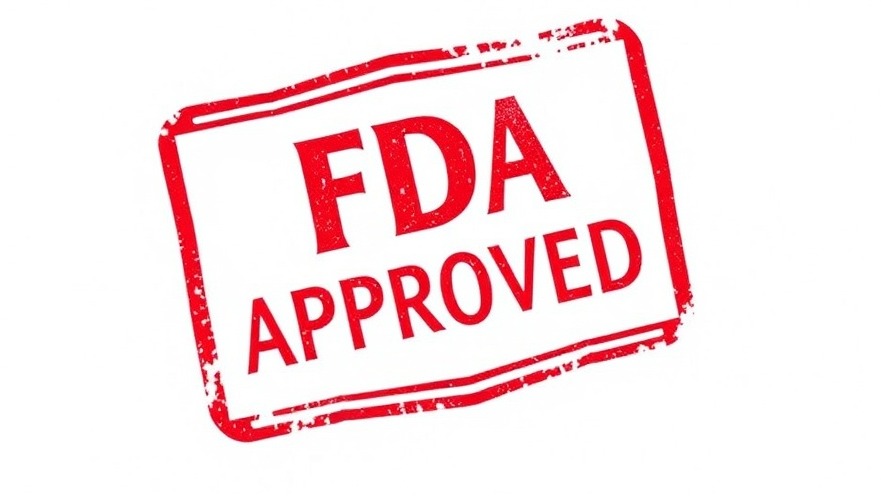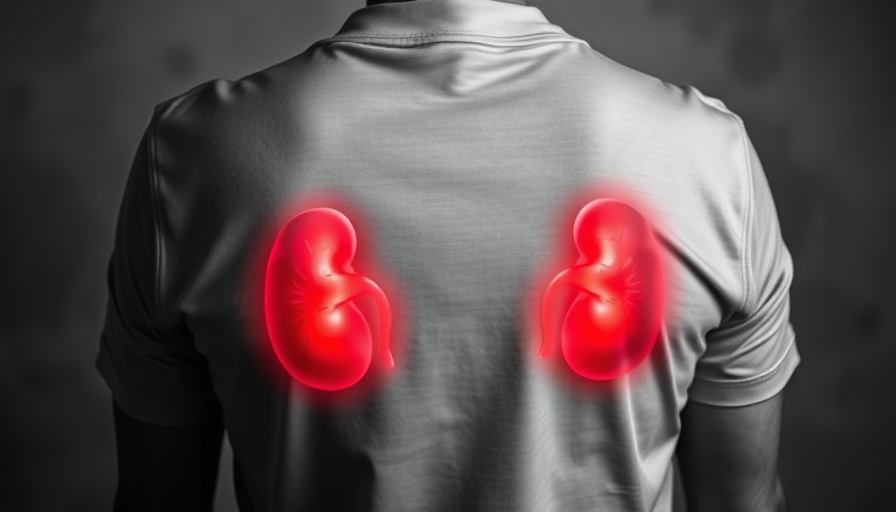
The Groundbreaking Treatment for Myasthenia Gravis
In a significant advancement for individuals suffering from generalized myasthenia gravis (gMG), the FDA has recently approved nipocalimab-aahu (Imaavy), a new monoclonal antibody from Johnson & Johnson. This drug is the first of its kind to target and block the human Fc receptor (FcRn), specifically designed for gMG patients who test positive for anti-acetylcholine receptor (AChR) or anti-muscle-specific-kinase (anti-MuSK) antibodies. Recognizing this condition's complexity and unpredictable nature, experts herald this approval as a monumental step forward.
Understanding Myasthenia Gravis
Myasthenia gravis is an autoimmune condition that results in weakness of voluntary muscles. This chronic illness can affect anyone, yet it frequently strikes adults and women in their 20s and 30s. Symptoms include muscle fatigue, drooping eyelids, and difficulty in talking, chewing, and swallowing. Due to its unpredictable course, effective management is crucial. The new approval signifies hope for improved patient outcomes.
Positive Clinical Trial Results
The approval is rooted in the promising findings of the phase 3 Vivacity-MG3 trial, where the combination of nipocalimab-aahu with standard care demonstrated significant improvements compared to placebo. Patients reported enhanced disease control assessed via the Myasthenia Gravis-Activities of Daily Living (MG-ADL) assessment. Notably, a rapid decrease in autoantibody levels was recorded, boasting reductions of up to 75%. Such results suggest that naiocalimab-aahu not only allows for better symptom control but also addresses underlying mechanisms of the disease effectively.
Expanding Access for Patients
Johnson & Johnson is making strides to ensure that patients can access this innovative treatment. A support program is in place, promising that insured patients could receive their first doses as quickly as one week, with costs potentially covered at $0 per infusion. This initiative aims to eliminate barriers that often hinder treatment accessibility.
Potential Risks and Side Effects
While the new treatment offers exciting possibilities, it's also imperative to acknowledge potential adverse events. The trial documented several serious treatment-related side effects including infections, allergic reactions, and infusion-related reactions. Patients may also report muscle spasms and swelling in extremities. It's crucial for individuals considering this treatment to discuss these risks with their healthcare providers to make informed decisions about managing their gMG effectively.
The Journey Ahead: Living with Myasthenia Gravis
Living with gMG is an ongoing journey – one filled with challenges and victories. This new treatment heralds a wave of optimism for many. With a greater understanding and continued development of therapies, healthcare professionals are finding better ways to manage this complex disorder. As the research continues, it grows increasingly important for patients to remain engaged with their care teams and advocate for themselves, ensuring that they receive the best possible treatment tailored to their individual needs.
Conclusion: Take Charge of Your Health!
If you or someone you know is affected by myasthenia gravis, take action today. Discuss with your healthcare provider about nipocalimab-aahu (Imaavy) and how it might fit into your treatment plan. Staying informed is a powerful tool on the path to managing your health and enhancing your quality of life.
 Add Row
Add Row  Add
Add 



 Add Row
Add Row  Add
Add 
Write A Comment